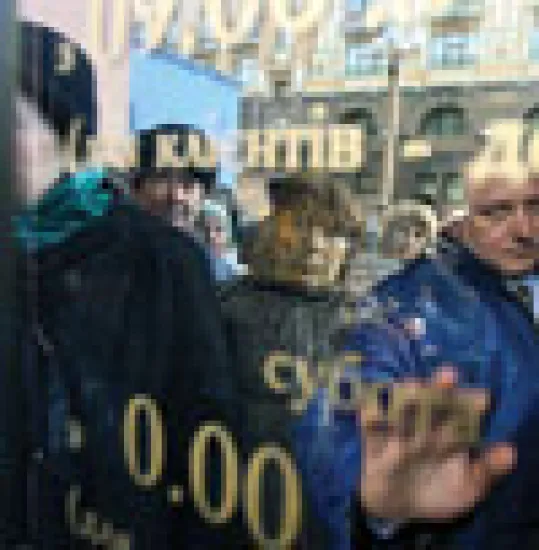Wishful thinking, or a case of the market getting ahead of the curve? The U.S. government reported last month that the economy had contracted at a worse-than-expected annual rate of 6.1 percent in the first quarter — and yet markets rallied. The fact that business inventories plunged in the quarter while consumer spending ticked modestly upward suggested to some investors that the green shoots of recovery would soon start sprouting. What will the next “good” news be — an unexpected uptick in inflation?
It’s not surprising that investors, consumers and even policymakers are grasping for clues. One of the defining features of the financial and economic crisis is how it has upended so many once-unquestioned assumptions. Only a few years ago, it was common wisdom that financial sophistication fostered stability and increased prosperity, that U.S. households had ample wealth to support their borrowings and that emerging-markets economies were on an irreversible course to achieving first-world standards of living. Now that so many assumptions have been exposed as faulty, no one seems to know what to put faith in.
For people in Eastern Europe, this dilemma must seem familiar. When the Berlin Wall fell two decades ago, it swept onto the ash heap of history a whole host of assumptions about personal and economic freedom. After some false starts the region has prospered mightily, with eight former East bloc countries joining the European Union in 2004 and consumers across the region benefiting from the munificence of a global credit boom. Now suddenly, the credit crisis threatens to reverse that economic progress.
Enter the European Bank for Reconstruction and Development. As Contributing Editor Craig Mellow reports in “Eastern Europe on the Edge,” starting on page 48, the bank, seeking to bolster financial systems across the region, is ramping up lending in many countries it had planned to exit, notably some of the newer EU states. Just as important as its money is its voice; bank president Thomas Mirow has worked actively to ensure that Western governments don’t cut off the East in extending bailouts to their big banks.
In a world of heightened uncertainty, stability — at least the perception of it — is invaluable. In “Staley’s Way,” beginning on page 24, Staff Writer Julie Segal relates how J.P. Morgan Asset Management has benefited from the apparent solidity of its parent, as well as a culture of performance fostered by CEO Jes Staley, to rake in billions of dollars in new assets over the past year. Staley is keeping faith with his managers despite the market turmoil, believing that stability is a key factor in long-term success. Considering that J.P. Morgan is succeeding in a business that many banks are exiting, his faith appears to be well placed.





